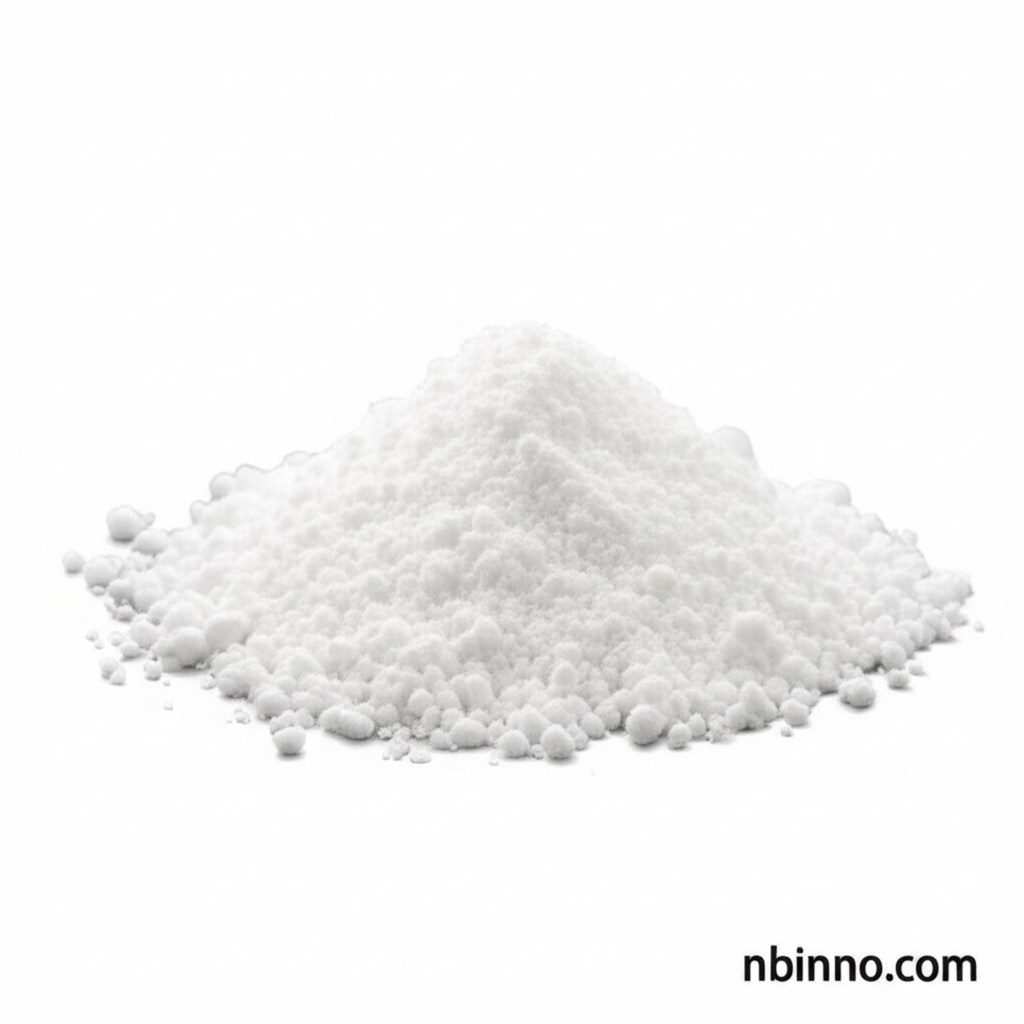Melanotan II: A Deep Dive into Tanning Peptides and Their Complexities
Explore the world of Melanotan II, from its tanning effects to its associated risks and regulatory status.
Get a Quote & SampleUnpacking the Core Value of Melanotan II

Melanotan II Tanning Peptide
Melanotan II (MT-II) is a synthetic peptide that mimics the action of naturally occurring alpha-melanocyte-stimulating hormone (α-MSH) in the body. Its primary effect is to stimulate the production of melanin, the pigment responsible for skin color, leading to a tanned appearance without extensive sun exposure. While offering cosmetic tanning benefits, understanding the risks associated with tanning injections is crucial.
- Stimulating melanin production for tanning: Melanotan II works by binding to melanocortin receptors, primarily the MC1 receptor, which signals skin cells to produce more melanin, resulting in a darker complexion. This makes it a popular, albeit risky, choice for achieving a tanned look.
- Exploring the risks of tanning injections: Users must be aware of the potential side effects, which can range from nausea and flushing to more severe issues like changes in moles and even potential links to melanoma, underscoring the importance of informed decision-making.
- Understanding how Melanotan works: The peptide's mechanism involves activating specific receptors in the body that control pigmentation, effectively accelerating the natural tanning process. However, its non-selective action on other receptors can lead to various side effects.
- Seeking legal tanning alternatives: Given the regulatory and safety concerns surrounding Melanotan II, consumers are advised to explore safer, legal options for achieving a tanned appearance, such as self-tanning lotions and sprays.
Key Advantages and Considerations
Enhanced Skin Pigmentation
Melanotan II's core benefit is its ability to significantly increase skin pigmentation, providing a rapid and deep tan. Users often report achieving a darker skin tone in a shorter period compared to natural sun exposure, a key aspect of its appeal.
Potential for Appetite Suppression
Beyond tanning, some users report that Melanotan II can also suppress appetite, which might contribute to weight management goals. However, this effect is not its primary intended use and can be accompanied by other side effects.
Cosmetic Appeal
The pursuit of a tanned complexion is a significant cosmetic trend, and Melanotan II offers a way to achieve this. However, the unregulated nature of its distribution raises serious questions about its safety and efficacy for cosmetic purposes.
Key Applications and Usage Contexts
Cosmetic Tanning
The primary application sought by users is cosmetic tanning, aiming for a darker skin tone with less UV exposure, often promoted through social media channels. This use is highly controversial due to safety concerns.
Research Purposes
Melanotan II has been studied for its effects on pigmentation and other physiological processes. Its role in research is distinct from its purported cosmetic use, and is typically conducted under controlled laboratory conditions.
Potential for Sexual Function Enhancement
Some research indicates Melanotan II may influence sexual arousal and function, although this is not its primary or approved use. Derivatives are being explored for these therapeutic applications.
Weight Management (Unverified)
Anecdotal reports suggest potential appetite suppression, leading some users to consider it for weight management. However, this is not a scientifically validated application and carries significant risks.
